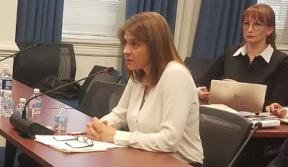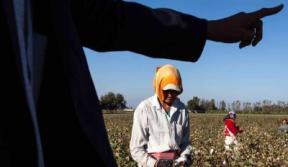Ambassador Lagon gave a brief example of a Burmese woman who was
recruited to work in a shrimp factory in a neighboring country together
with 800 other Burmese citizens. The factory was located in the middle
of a jungle where workers were prevented to leave or call their
families. On top of the horrendous conditions, she wasn’t getting paid
for her labor. Workers that tried to escape were hunted down, beaten
and humiliated in front of other workers. This is just one horrifying
story out of the many forced labor camps around the world. Many
illnesses of the workers are more often than not left untreated.
Vulnerable groups of human trafficking include North Koreans in China,
Burmese in Thailand, stateless people, low-skilled migrant workers and
foreign domestic workers. These groups in particular are at risk
because when they run from repression and poverty at home, they become
easy preys for traffickers. The Philippines, Vietnam and Indonesia are
major sources of domestic labor, one of the most common and desperate
form of ‘modern day slavery’.
In order to combat trafficking and forced labor, individual governments
must act their role in prosecuting traffickers and protecting victims
in order to prevent more crime in the future. International
organizations have to do their part by pressuring these governments.
The issue of forced labor and trafficking will be up to a test in the
next few years. As the price of energy and commodities go up so will
the demand for cheap (or free) labor. How far will companies go in
order to ensure their share of profits? And how will governments
respond to the possibility of this growing phenomenon?
To access the 2008 Trafficking in Persons Report visit http://www.state.gov/documents/organization/105501.pdf


Comments
re: Human Trafficking: the reality of the ubiquitous phenomenon
Thursday 12 June is World Day Against Child Labour. For more info see http://www.globalmarch.org/wdacl08.html.